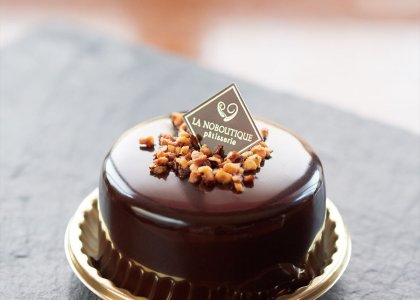La NoboutiqueLa Noboutique
-
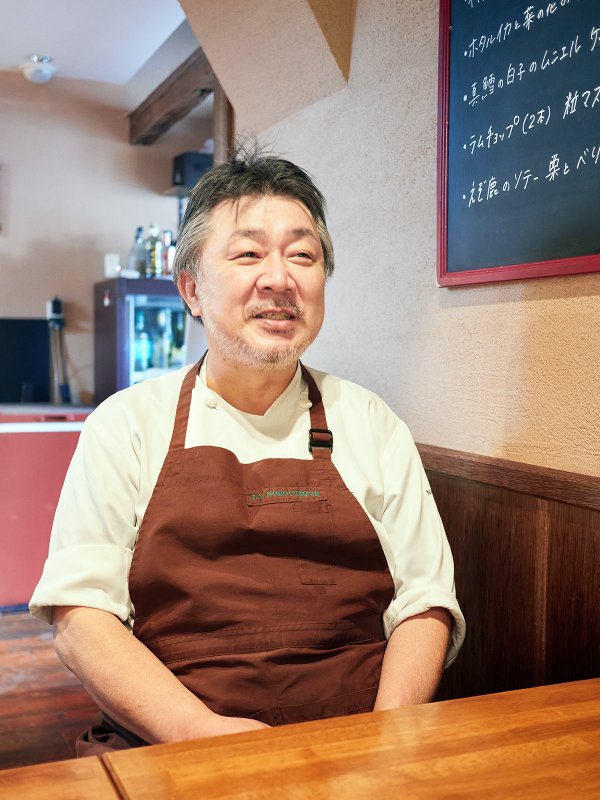
Nobuhiro Hidaka
- My first encounter with pastry making
I left Miyazaki, where I was born and raised, to attend a cooking school, hoping that I would eventually become the head of a family. I also liked to cook at home. There was a class on making sweets once a week, and that was the first time I realized that I could make sweets. I didn't have to buy them.
Sweets are made from something that has no shape. In the case of cooking, there are ingredients such as fish, meat, and vegetables that are cut and processed, and then they are transformed into a dish. But with sweets, you have flour, sugar, eggs, and that becomes a sponge, and something completely new is created, which I found fascinating. I thought that I could make use of my imagination. If I didn't have the technical knowledge, I would have had no idea what it was. I don't know what it's made of. I was fascinated by the alchemy of it.
-
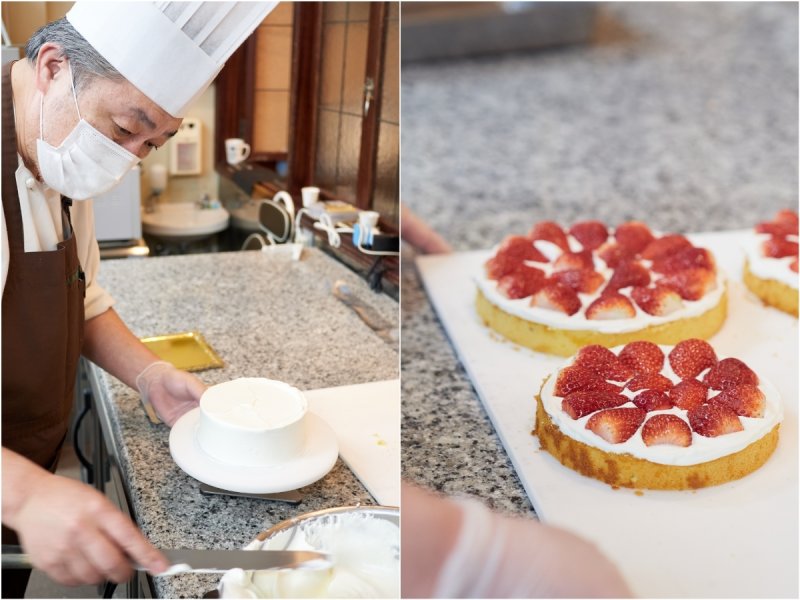
Also, now that I think about it, I'm not sure that I'm very good at cooking fish or meat. I love to eat, though. When I was in Miyazaki, there was a poultry farm nearby, and it was the home of poultry, so when we would get together with relatives, we would catch chickens walking in the yard and coo at them. After that, I couldn't eat chicken for about 10 years, so I guess I was influenced by those memories.
- Going to the Patissier World Championship
In 1999, I participated in the "Metre de Pâtissier", the world championships for pastry chefs, as the captain of the Japanese team. That year it was held in Brno, Czech Republic, and the Japanese team took first place in its category and fourth place overall.
-

The world competition is a three-day battle, lasting a total of 18 hours. The two members of the Japanese team made dozens of sweets of 16 kinds in total, including petit gateaux, entremets (single-serving items), petits fours (chocolates, etc.), and piesmonte (crafted sweets). We went into the competition confident that we would win, but due to a small rule change that only the Japanese team was aware of, we ended up in 4th place overall. I can't say whether this was intentional or not, but I think that such "invisible forces" are a part of international competitions. However, in the general judging by the audience watching the competition, most of the points went to the Japanese team, so I think we definitely got a high evaluation.
The experience of qualifying in Japan, participating in the competition, and the actual competition has all helped me and given me confidence. It's not like anyone can compete. However, the process of winning the domestic qualifiers was more difficult than the world competition itself. Japan's level is very high to begin with, and even though we finished 4th in the world championships, we definitely won in terms of content. The fact that all the spectators were saying that gives me a lot of confidence now.
-

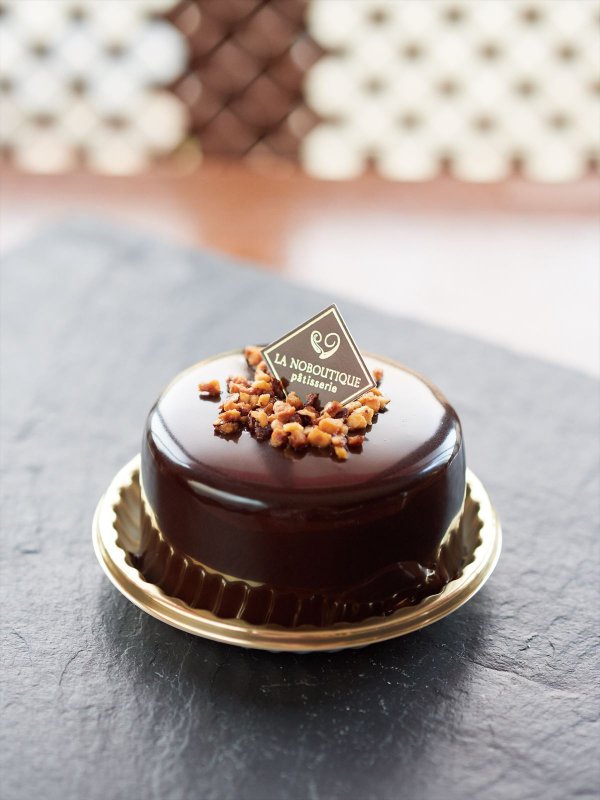
Low-sugar sweets": a challenge for a new sense of value
If you ask me what sweets are, for me, they are something I don't need. I can live without them. There are even people who can't eat them. But if you have it, you will be happy.
I started making low-sugar sweets when Chef Eizo Ohyama of Malmaison in Seijo, a major figure in the Japanese confectionery world, introduced me to Dr. Satoru Yamada of Kitasato Institute Hospital. I think it was about 10 years ago when I was introduced to Dr. Satoru Yamada of Kitasato Institute Hospital, who advised me that there were people in the world who wanted to eat sweets but could not. At that time, there weren't many low-sugar sweets, and I had never thought of the ingredients in terms of sugar content.
-
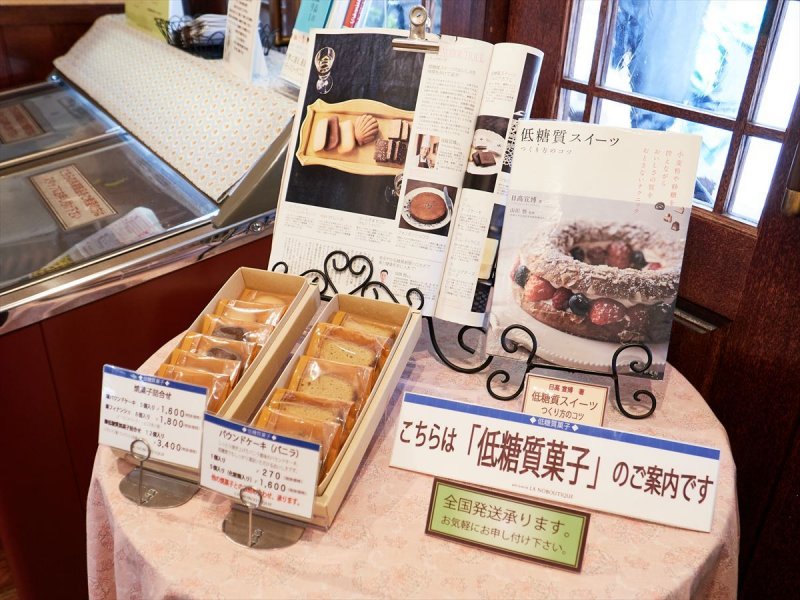
But it was the most difficult baking experience I've ever had. As a result, I have to realize the greatness of sugar and flour. For example, sugar has a role other than sweetness. Flour has the function of "connecting. Without these ingredients, which I had taken for granted, I had to make delicious sweets under conditions where my hands and feet were tied. I realized, "Oh, that's why there were no sweets like this before. That's when the challenge really kicked in.
When I was in my twenties and thirties, I would not have paid attention to the world of low-sugar sweets if I had thought I was just going to pursue the taste of sweets. Back then, when I had a narrow perspective, I would have thought that such things were not sweets. I think I needed to be a certain age in order to discard my previous values and realize the significance of a new genre. In that sense, it was a wonderful encounter and experience.
- Passing on skills and thinking
In addition to baking cakes at the store, I am currently teaching at several confectionery schools. We also accept several trainees from confectionery schools. Although we had to cancel last year due to the Corona disaster, we also provide technical guidance to professional pastry chefs. Passing on confectionery skills is one of the main reasons why I opened my own store. I thought that owning my own store would be the best way to pass on my handicraft expertise.
-
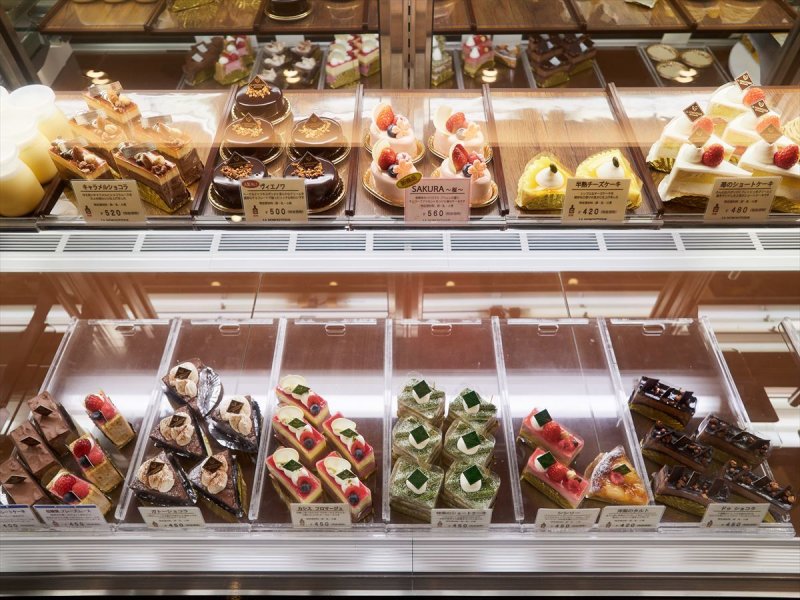
However, I also think that we are living in an age where it is difficult to communicate technology. The only way to evolve yourself is to always be thinking about how to do things better and how to make things work, but if you don't understand something, you can get what looks like an answer on your smartphone right away. But if you have a question, you can find the answer on your phone. There is no process of thinking for yourself between the time you have a question and the time you get the answer. Every day I tell my staff, "Let's think more, let's think more," and that's all I do. There is so much information out there, but the true difficulty of making sweets cannot be conveyed through Youtube or the internet.
The number of artisans with solid skills will continue to decrease, which is why they will become scarce. I think it is my role to send out as many artisans as possible who can think for themselves and make their own sweets.
-

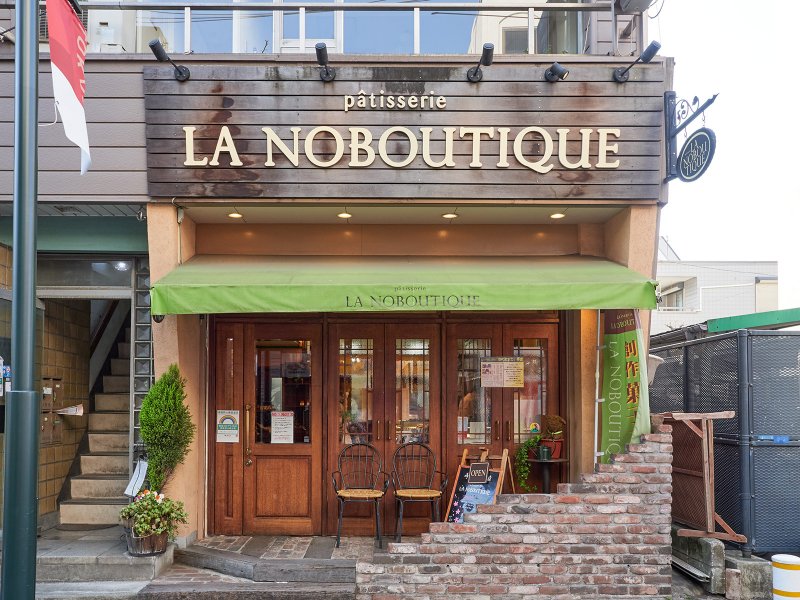
Text and photos by Tsutomu Ogasawara
-
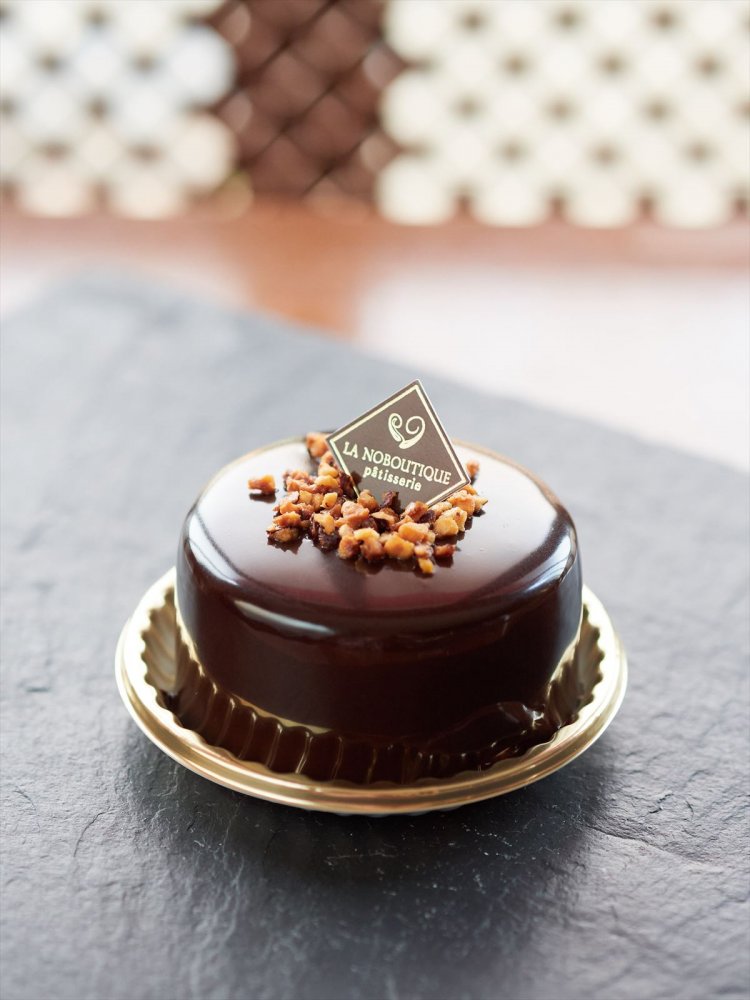
-
Information
2-6-2 Tokiwadai, Ikeda Building 1F
TEL:03-5918-9454

 special feature (e.g. in a magazine)
special feature (e.g. in a magazine)
